10 Tips for Drawing and Painting More Often
Are you an artist struggling to find time for your passion? You’re not alone! Many creative souls find it challenging to integrate drawing and painting into their busy lives. But fear not! This article provides practical tips to help artists like you incorporate art into your daily routines. By enhancing your creativity and skill through consistent practice, you can transform your artistic journey into a fulfilling adventure.
Creating a regular schedule for drawing and painting can significantly boost productivity. Think of it as setting a date with your creativity! By dedicating specific times each week to your art, you develop a habit that fosters both creativity and improvement. Imagine waking up every Saturday morning, coffee in hand, ready to unleash your inner artist. Consistency is key, and soon enough, you’ll find yourself looking forward to these moments.
Having a designated area for your art supplies encourages you to create more often. Picture this: a cozy corner in your home, bathed in natural light, where your paints, brushes, and sketchbooks reside. A clutter-free, inspiring workspace can make the process enjoyable and accessible. When you have a space that sparks joy, it’s easier to dive into your projects. You might even find yourself spending more time there, experimenting with colors and techniques.
Keeping your materials organized saves time and reduces frustration. No one wants to waste precious minutes searching for that perfect brush! By having everything in its place, you promote spontaneity and make it simpler to start a new project. Consider using small containers or drawers to categorize your supplies. For instance, you could have one for pencils, another for paints, and yet another for papers. This way, when inspiration strikes, you can jump right in!
Using quality art supplies can enhance your experience and results. Think of it like cooking with fresh ingredients—everything tastes better! Investing in good materials can inspire you to create more frequently and with greater satisfaction. High-quality paints, brushes, and paper can make a world of difference in your artwork. You’ll find that the results are not only more pleasing but also motivate you to keep going. After all, who doesn’t want to see their creative vision come to life in the best possible way?
Trying out various art forms can keep your practice fresh and exciting. Don’t be afraid to step outside your comfort zone! Exploring different mediums—like watercolors, acrylics, or digital art—can lead to new techniques and ideas, enhancing your artistic journey. Each medium has its own charm and challenges, and embracing this variety can reignite your passion for art. Perhaps you’ll discover a hidden talent for something you’ve never tried before!
Curating a collection of inspiring images can motivate you to draw and paint. Think of it as your personal cheerleader! A visual board serves as a constant reminder of your artistic goals and aspirations. You can fill it with everything from magazine cutouts to your own sketches. Whenever you feel a creative block, just glance at your board, and let it spark ideas. It’s a powerful tool that keeps your artistic vision alive and thriving.
Connecting with fellow artists can provide support and inspiration. Engaging with a community fosters collaboration, feedback, and shared experiences that can motivate you to create more often. Whether it’s an online group or a local art class, being part of a community can reignite your passion. Imagine sharing your work and receiving constructive criticism or encouragement from others who understand your journey. It’s like having a built-in support system!
Art challenges encourage you to push your limits and explore new styles. These events can provide structure and deadlines, making it easier to commit to regular practice. Whether it’s a month-long drawing challenge or a themed painting competition, participating can be exhilarating! You’ll not only improve your skills but also connect with other artists facing similar challenges. Plus, the thrill of creating under pressure can lead to unexpected masterpieces!
Posting your artwork on social media can build accountability and encourage feedback. By sharing your progress with others, you create a sense of community and motivation. Imagine the excitement of receiving likes and comments on your latest piece! It’s a great way to document your artistic journey and celebrate your achievements. So don’t be shy—show the world what you’re creating!
- How often should I draw or paint? Aim for at least a few times a week to develop your skills and maintain creativity.
- What if I don’t have time to create? Try to carve out even 10-15 minutes a day for quick sketches or color studies.
- What materials do I need to start? Basic materials include pencils, paper, and a few colors of paint. Start simple!
- How can I overcome creative blocks? Experiment with new techniques, take breaks, or seek inspiration from others.
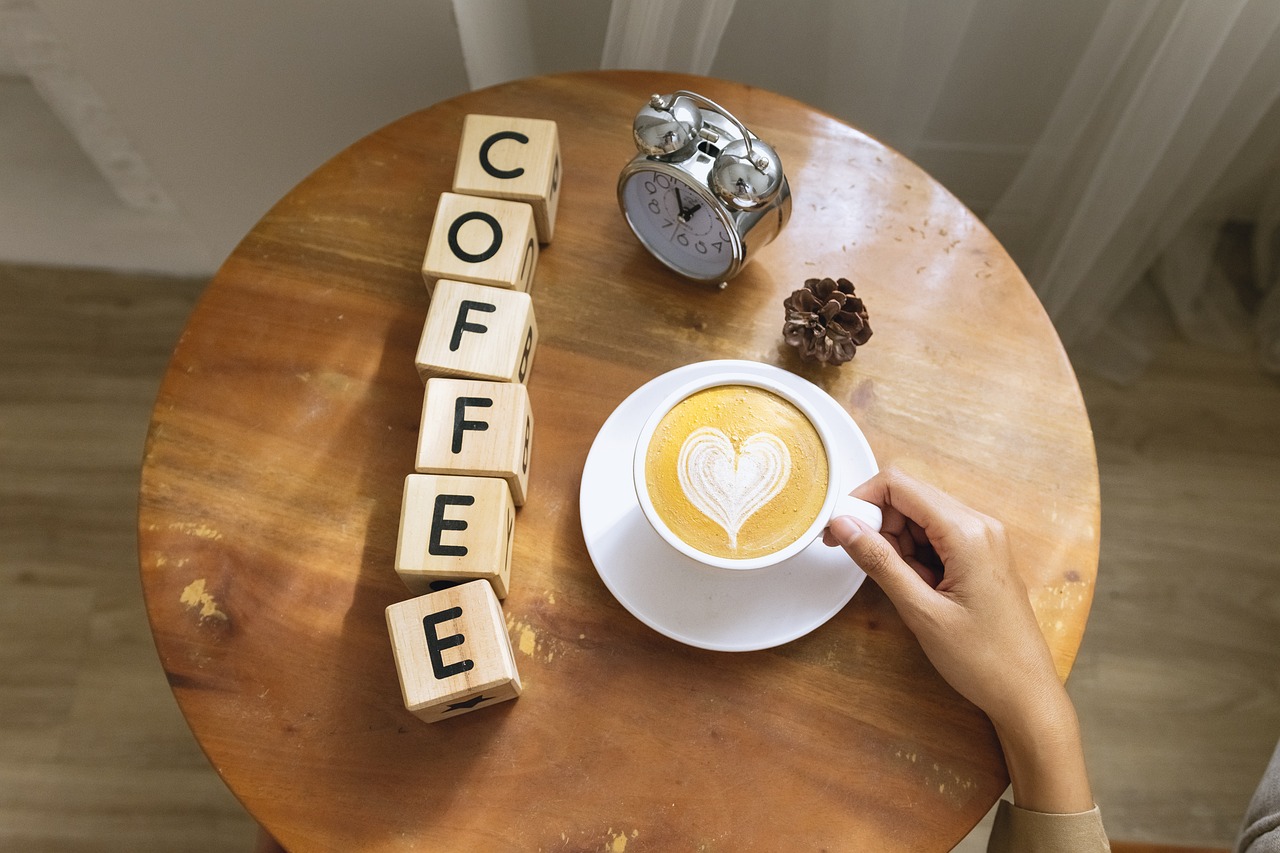
Establish a Routine
Creating a regular schedule for drawing and painting can significantly boost your productivity as an artist. Have you ever found yourself staring at a blank canvas, wishing you had the time to create? Well, establishing a routine can be the game-changer you need! Just like athletes train regularly to improve their skills, artists can benefit from a consistent practice schedule. By setting aside specific times each week for your art, you not only develop a habit but also cultivate a space for creativity to flourish.
Think of your routine as a personal appointment with your creativity. Just as you wouldn’t skip a meeting with an important client, don’t skip your art time! You might want to start by blocking out certain days and times on your calendar. For instance, you could dedicate every Tuesday and Thursday evening to drawing, and Sunday afternoons for painting. It’s all about finding what works best for you. Here’s a simple table to help visualize this concept:
| Day | Activity | Time |
|---|---|---|
| Tuesday | Drawing | 6 PM - 8 PM |
| Thursday | Painting | 6 PM - 8 PM |
| Sunday | Mixed Media Exploration | 2 PM - 4 PM |
By sticking to this schedule, you’ll find that your skills will improve over time, and you’ll be less likely to procrastinate. It’s essential to remember that the key to success is consistency. You could even set reminders on your phone to ensure you don’t forget your art sessions. And don’t worry if you miss a day here and there; the important thing is to get back on track as soon as you can.
Another great way to enhance your routine is by keeping a sketchbook handy. Carry it with you wherever you go, so you can jot down ideas or sketch whenever inspiration strikes. This not only keeps your creativity flowing but also allows you to incorporate art into your daily life seamlessly. Think of your art practice as a muscle; the more you use it, the stronger it becomes. So, why not make it a part of your everyday routine? You might be surprised at how much you can create when you commit to regular practice!
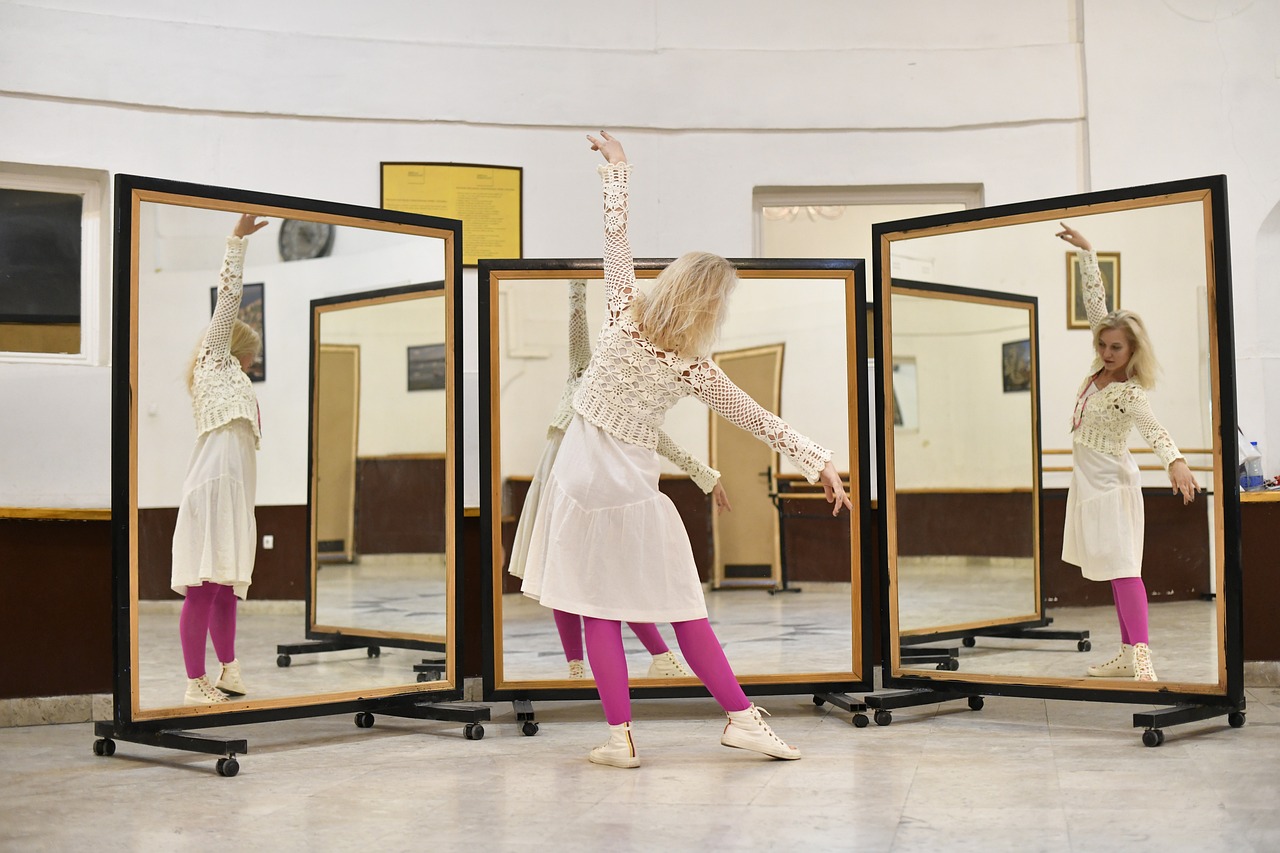
Set Up a Dedicated Space
Creating a dedicated space for your artistic endeavors is like setting the stage for a grand performance. When you have a specific area that’s all about drawing and painting, it becomes a sanctuary for your creativity. Imagine walking into a room that’s filled with the smell of paint, the sight of vibrant colors, and the sound of your favorite music playing softly in the background. This is where inspiration flows freely, and ideas come alive.
Your dedicated space doesn’t have to be large; it just needs to be yours. Whether it’s a corner of your living room, a small nook in your bedroom, or even a spare room, the key is to make it inviting and functional. Start by clearing out any clutter. A clean workspace can significantly enhance your focus and creativity. Think of it as wiping the slate clean, allowing new ideas to take shape without distraction.
Next, consider the lighting. Natural light is ideal, as it helps you see colors more accurately and can boost your mood. If natural light isn’t an option, invest in good quality lamps that mimic daylight. The right lighting can make your artwork pop and keep you energized during those late-night creative sessions.
Now, let’s talk about organization. You might want to set up a system for your art supplies. A well-organized space makes it easier to grab what you need without wasting precious time searching for that elusive paintbrush or sketchbook. You could use shelves, drawers, or even decorative boxes to store your materials. Here’s a simple table that outlines some essential items you might want to include in your dedicated space:
| Item | Purpose |
|---|---|
| Art Supplies | Paints, brushes, pencils, and canvases for your projects |
| Storage Solutions | Organize your materials efficiently to save time |
| Inspiration Board | A place to pin images and ideas that inspire you |
| Comfortable Seating | Ensure you have a good chair to support long hours of work |
Moreover, personalize your space with items that inspire you. This could be artwork you admire, quotes that motivate you, or even plants that bring life to your environment. Surrounding yourself with things that spark joy can create a positive atmosphere that encourages you to pick up your brush or pencil more often.
Lastly, don’t forget to make your space comfortable. A cozy chair, good ventilation, and maybe even a little music can transform your workspace into a haven for creativity. Think of it as your own little art studio where you can escape the outside world and immerse yourself in your creative process.
In conclusion, setting up a dedicated space for drawing and painting is not just about having a physical location; it’s about creating an environment that nurtures your artistic spirit. When your surroundings are tailored to your needs, you’ll find it much easier to dive into your art and enjoy the journey of creation.
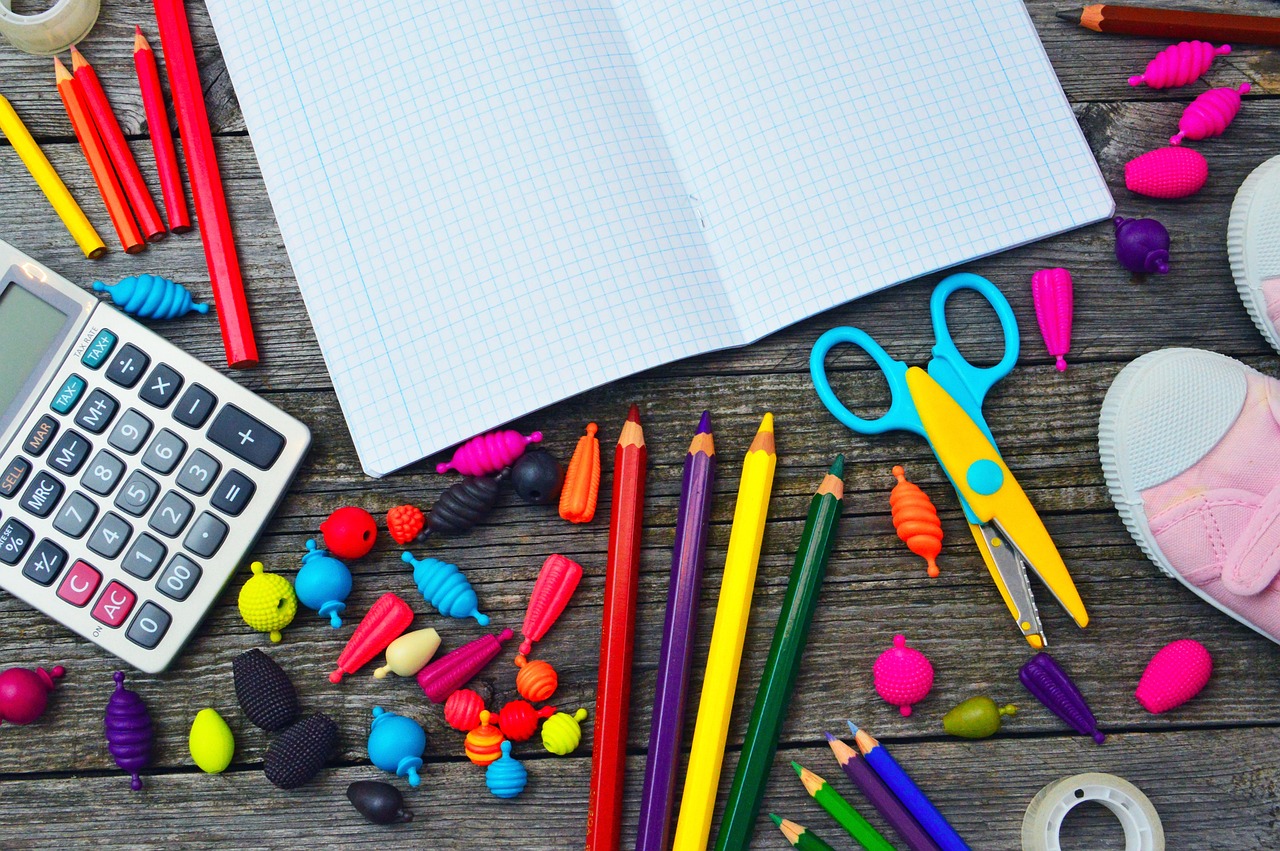
Organize Your Supplies
When it comes to drawing and painting, organization is key. Imagine stepping into your creative space and being greeted by chaos—art supplies scattered everywhere, brushes tangled up, and paints in disarray. It can be overwhelming and might even stifle your artistic flow. However, by taking the time to , you can transform your workspace into a haven of creativity. A well-organized area not only saves you time but also reduces frustration, allowing you to dive right into your artistic endeavors.
Start by categorizing your materials. You might have different types of supplies like pencils, paints, brushes, and canvases. Consider the following categories for organization:
- Drawing Supplies: Pencils, charcoal, erasers, and sketchbooks.
- Painting Supplies: Acrylics, watercolors, oils, and palettes.
- Tools: Brushes, sponges, and palette knives.
- Storage: Boxes, shelves, and containers to keep everything in its place.
Once you’ve categorized your supplies, think about how to store them effectively. Clear containers are fantastic for visibility, allowing you to see exactly what you have at a glance. You could even label each container to make it easier to find specific items quickly. For example, you could have a box labeled “Watercolors” and another one labeled “Brushes.” This simple act of labeling can save you precious minutes that would otherwise be spent rummaging through piles of materials.
Additionally, consider the layout of your workspace. Place frequently used items within arm's reach, while less frequently used supplies can be stored further away. This setup not only enhances accessibility but also encourages you to start creating without the hassle of searching for what you need. You might even want to dedicate a small area for your current project, keeping everything related to that work in one spot. This way, you can easily pick up where you left off.
Another tip is to regularly declutter your supplies. Over time, you might accumulate materials that you no longer use or that have dried up. Take a moment to go through your supplies every few months and get rid of anything that no longer serves you. This practice not only keeps your space tidy but also helps you focus on the materials that inspire you the most.
In summary, organizing your art supplies can dramatically enhance your creative process. By categorizing, effectively storing, and regularly decluttering your materials, you create an environment that not only inspires but also makes it easier to jump into your next masterpiece. Remember, a tidy space can lead to a tidy mind, and a tidy mind can lead to greater creativity!

Invest in Quality Materials
When it comes to creating art, the materials you use can make a **huge difference** in your overall experience and the quality of your work. Imagine trying to paint a masterpiece with cheap brushes that shed bristles or using low-quality paper that warps and tears. It can be frustrating and can even deter you from pursuing your passion. By investing in quality materials, you're not just buying products; you're investing in your **artistic journey**.
Quality art supplies can enhance your creativity and improve your skills. Think of it this way: using top-notch materials is like driving a luxury car versus a clunker. The luxury car offers a smoother ride, better handling, and an overall more enjoyable experience. Similarly, high-quality paints, brushes, and canvases allow you to express yourself more freely and effectively. They respond better to your techniques, whether you're layering colors or blending shades, making the whole process more satisfying.
So, what should you consider when investing in your art supplies? Here are a few key aspects:
- Durability: Quality materials tend to last longer, saving you money in the long run.
- Performance: Higher-quality paints have better pigmentation, leading to more vibrant colors.
- Comfort: Ergonomically designed tools can make your creative process more enjoyable.
Moreover, investing in quality materials can also serve as a **motivational boost**. When you have beautiful, professional-grade supplies at your disposal, you’re more likely to feel inspired to create. It’s like having a well-stocked kitchen; when you have the right ingredients, you’re more likely to whip up something delicious. Similarly, when your art supplies are top-notch, you’re more inclined to dive into your creative projects.
In conclusion, while it might be tempting to cut corners to save a few bucks, remember that quality often trumps quantity. The satisfaction you derive from using excellent materials can lead to more productive and enjoyable art sessions. So, don’t hesitate to splurge a little on your art supplies; your creativity deserves it!
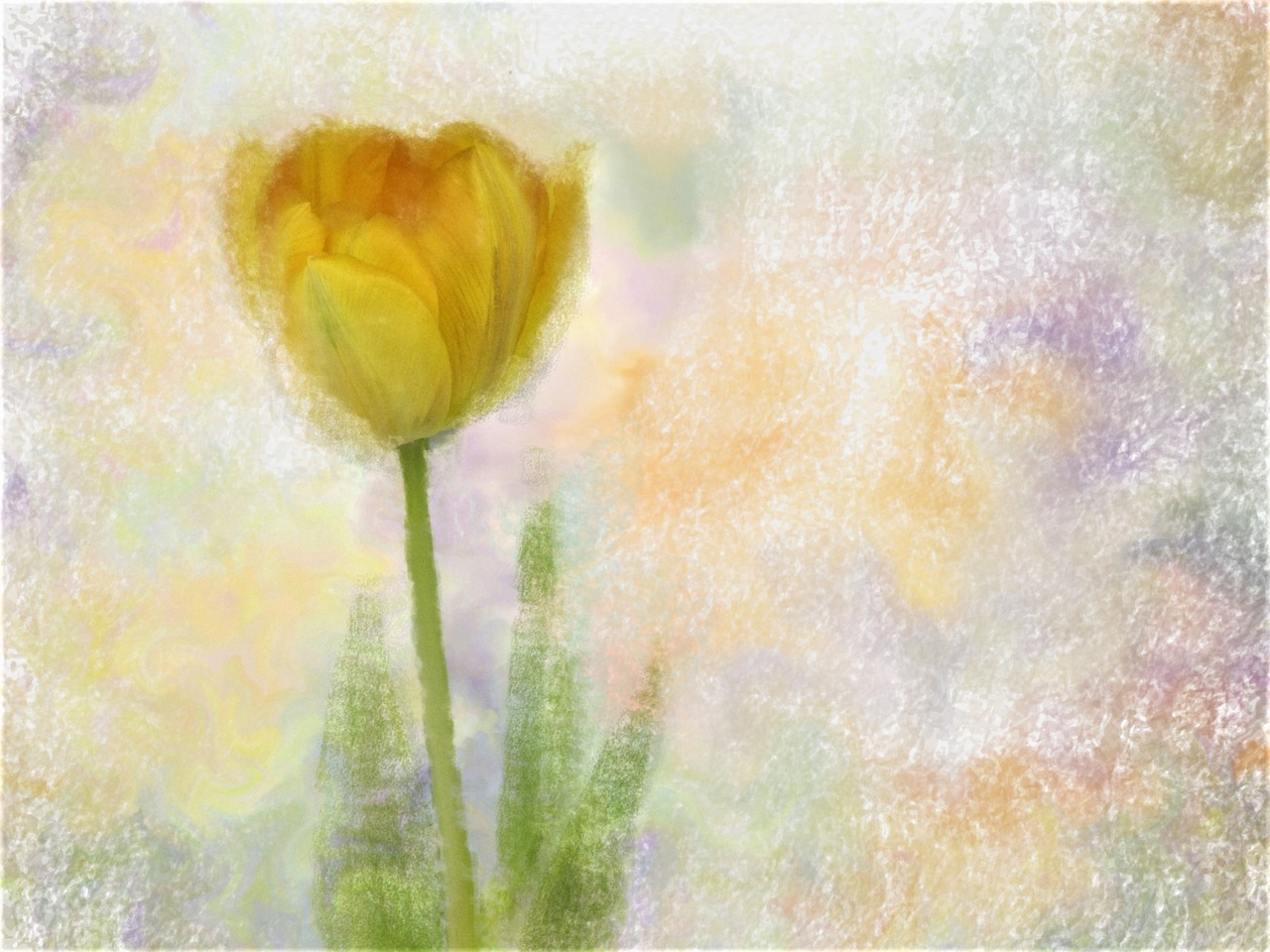
Experiment with Different Mediums
This article provides practical tips to help artists integrate drawing and painting into their daily routines, enhancing creativity and skill through consistent practice and inspiration.
Creating a regular schedule for drawing and painting can significantly boost productivity. Setting aside specific times each week helps develop a habit that fosters creativity and improvement.
Having a designated area for your art supplies encourages you to create more often. A clutter-free, inspiring workspace can make the process enjoyable and accessible.
Keeping your materials organized saves time and reduces frustration. Easy access to your tools promotes spontaneity and makes it simpler to start a new project.
Using quality art supplies can enhance your experience and results. Investing in good materials can inspire you to create more frequently and with greater satisfaction.
When it comes to artistic expression, the world is your oyster! Experimenting with different mediums can be a game changer for artists looking to expand their horizons. Just imagine dipping your brush into vibrant acrylics one day and then swirling it through soft pastels the next. Each medium offers a unique voice, a fresh perspective, and an opportunity to explore new techniques that can breathe life into your work.
For instance, if you're used to drawing with pencils, try switching to charcoal or ink. The boldness of ink can add a dramatic flair to your sketches, while charcoal allows for rich, deep shading. On the other hand, if you typically paint with watercolors, give oil paints a shot. The way oil paints blend and layer can create stunning depth and texture that watercolors simply can’t achieve.
Don’t forget about digital mediums either! Digital art opens a whole new world of possibilities where you can experiment without the mess. You can easily undo mistakes, try out different colors, and even replicate styles from your favorite artists. The flexibility of digital tools can be incredibly liberating.
Here are some mediums to consider experimenting with:
- Acrylic Paints
- Watercolors
- Oil Paints
- Charcoal
- Pastels
- Digital Art
- Ink
Remember, the key is to embrace the process. Don’t worry about the outcome; focus on the joy of creating. You might discover a hidden talent for a medium you’ve never tried before. So, grab those brushes, pencils, or styluses, and let your creativity flow!
Curating a collection of inspiring images can motivate you to draw and paint. A visual board serves as a constant reminder of your artistic goals and aspirations.
Connecting with fellow artists can provide support and inspiration. Engaging with a community fosters collaboration, feedback, and shared experiences that can motivate you to create more often.
Art challenges encourage you to push your limits and explore new styles. These events can provide structure and deadlines, making it easier to commit to regular practice.
Posting your artwork on social media can build accountability and encourage feedback. Sharing your progress with others can motivate you to draw and paint more frequently.
It's best to practice as often as you can, even if it's just for a few minutes each day. Consistency is key to improvement!
Start with basic supplies like pencils, sketchbooks, and inexpensive paints. As you progress, you can invest in higher-quality materials.
Inspiration can come from anywhere! Nature, music, books, and even everyday life can spark creativity. Keeping an inspiration board can help too!
Trying multiple mediums can enhance your skills and keep your practice exciting. Don't be afraid to explore different styles!
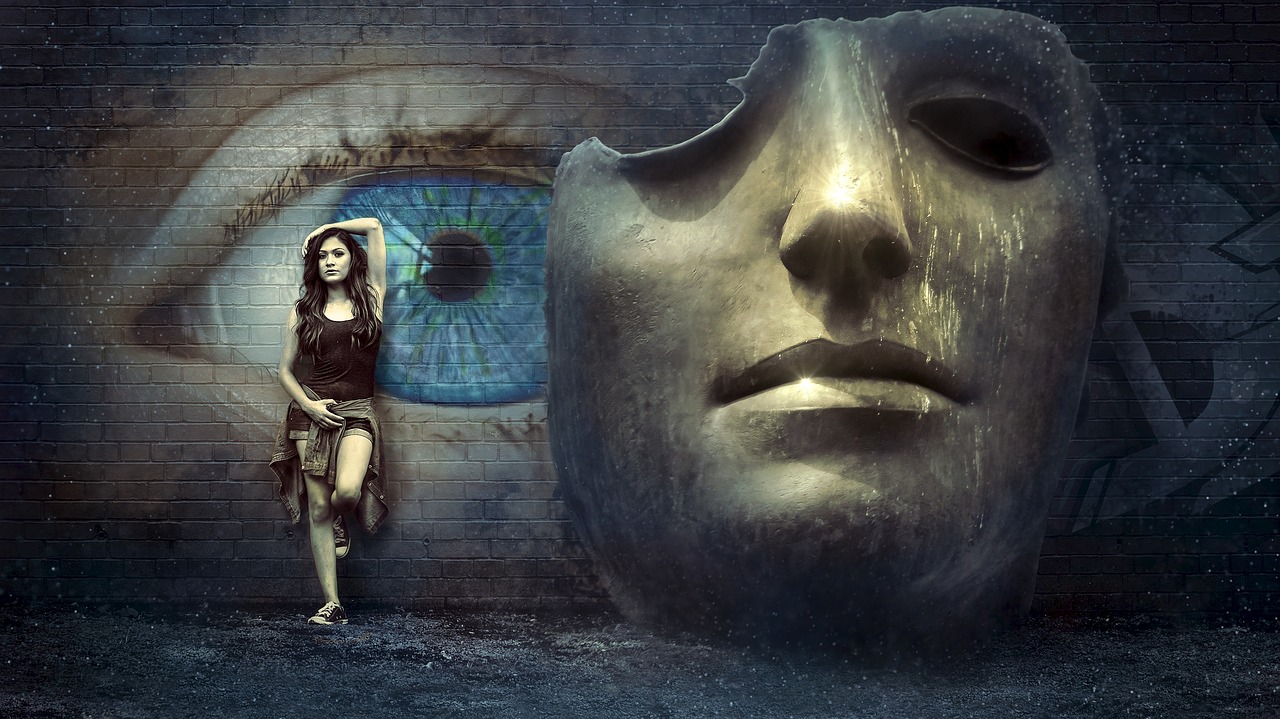
Create a Visual Inspiration Board
Creating a visual inspiration board is one of the most engaging ways to ignite your creativity and keep your artistic fire burning. Think of it as a personal gallery that showcases everything that inspires you—be it colors, shapes, textures, or even quotes. The beauty of a visual inspiration board lies in its ability to transform abstract ideas into tangible motivation, making the act of drawing and painting feel less daunting and more inviting.
To start, gather materials that resonate with you. This could be anything from magazine clippings and photographs to fabric swatches or even your own sketches. The goal here is to curate a collection that speaks to your artistic soul. You might wonder, “How do I choose what to include?” A good rule of thumb is to ask yourself what makes you feel excited or curious. Is it a vibrant sunset, a whimsical character, or perhaps a stunning piece of architecture? Whatever it is, make sure it evokes a sense of wonder and possibility.
Once you’ve collected your materials, it’s time to arrange them on a board. You can use a corkboard, a large piece of cardboard, or even a digital platform if you prefer a virtual approach. The arrangement is crucial; it should be visually appealing and reflect your personal style. Don’t be afraid to overlap images or create clusters of ideas. This chaotic beauty can often lead to unexpected connections and insights that fuel your creativity.
Moreover, consider adding text elements to your board. Inspirational quotes or affirmations can serve as powerful reminders of your artistic goals. For example, you might include phrases like “Create without fear” or “Every artist was first an amateur.” These words can act as a gentle nudge on days when you feel less motivated.
As you continue to add to your board over time, it will evolve into a visual representation of your artistic journey. You might find that certain themes emerge, or that your interests shift. This is all part of the process! Regularly updating your board can keep your inspiration fresh and ensure that you’re always excited to dive into your next project.
In conclusion, a visual inspiration board is not just a collection of pretty pictures; it’s a powerful tool that can help you draw and paint more often. By surrounding yourself with things that inspire you, you create an environment that encourages creativity. So why not start today? Gather your materials, let your imagination run wild, and watch as your artistic practice flourishes!

Join an Art Community
Joining an art community is like opening a door to a vibrant world filled with creativity, inspiration, and camaraderie. Imagine walking into a room where everyone shares your passion for art; suddenly, you're not alone in your journey. Whether you’re a budding artist or a seasoned professional, being part of a community can significantly enhance your artistic experience. These communities can be found both online and offline, making it easier than ever to connect with fellow creators.
One of the most rewarding aspects of joining an art community is the support and encouragement that comes from fellow artists. You’ll find that sharing your work and receiving constructive feedback can propel your skills to new heights. Engaging in discussions about techniques, styles, and inspirations creates a rich environment where everyone learns from one another. It’s like having a personal cheerleading squad that pushes you to explore your creative boundaries.
Moreover, art communities often host events such as workshops, exhibitions, and challenges. Participating in these activities can be incredibly motivating. For instance, consider an art challenge where members create a piece based on a specific theme each month. This not only encourages consistency in your practice but also allows you to experiment with new ideas. Here’s a quick look at the benefits of being part of an art community:
| Benefit | Description |
|---|---|
| Networking | Meet fellow artists, potential collaborators, and even art buyers. |
| Feedback | Receive constructive criticism that helps you grow and improve. |
| Inspiration | Discover new techniques and ideas through shared experiences. |
| Accountability | Stay motivated by sharing your goals and progress with others. |
Furthermore, sharing your work online can create a sense of accountability. When you post your art on social media or community forums, you invite others into your creative process. This not only showcases your work but also encourages you to keep creating. The likes, comments, and shares can act as a motivational boost, affirming that your art resonates with others. It’s a fulfilling experience to see your pieces appreciated and discussed by a wider audience.
In addition to these benefits, being part of an art community opens doors to collaborations. Imagine brainstorming ideas with other artists and merging your styles to create something unique! Collaborations can lead to exciting projects that push your artistic boundaries and introduce you to new techniques. Plus, they can be a lot of fun! So, don’t hesitate to reach out and connect with others who share your passion.
In conclusion, joining an art community is not just about improving your skills; it's about creating connections, finding inspiration, and enjoying the process of art together. So, take that leap and immerse yourself in a community that celebrates creativity. After all, art is not just a solitary endeavor; it’s a shared journey that can be incredibly rewarding.
- How can I find an art community? Look for local art groups, online forums, or social media platforms dedicated to art.
- Do I need to be an experienced artist to join? Absolutely not! Art communities welcome artists of all skill levels.
- What if I’m shy about sharing my work? Start by commenting on others' work and gradually share your pieces when you feel comfortable.

Participate in Challenges
Art challenges are a fantastic way to ignite your creativity and push your artistic boundaries. Imagine diving into a pool of inspiration where every splash is a new idea waiting to be explored! These challenges can vary widely, from daily prompts to month-long events, and they offer a structured way to engage with your art practice. By participating in challenges, you're not just creating art; you're also building a habit of consistency that can transform your skills over time.
One of the best parts about art challenges is the sense of community they foster. When you join a challenge, you're often surrounded by fellow artists who share your passion. This camaraderie can be incredibly motivating. You might find yourself sharing tips, techniques, and even collaborating on projects. It's like being part of a creative family where everyone encourages each other to grow and experiment.
Moreover, challenges often come with specific themes or styles that can stretch your imagination. For instance, you might be prompted to create something in a monochromatic color scheme or focus on a particular subject, like nature or urban landscapes. This can lead to discovering new techniques and styles that you might not have tried otherwise. Here are some popular types of challenges you might consider:
- 30-Day Drawing Challenge: Create a new drawing every day for a month based on prompts.
- Inktober: A month-long challenge focusing on ink drawings, with daily prompts provided.
- Sketchbook Revival: A challenge that encourages artists to fill their sketchbooks with daily sketches.
Participating in these challenges can also help you develop a routine. When you commit to creating art regularly, it becomes a part of your daily life. You might find that you look forward to your 'art time' each day, much like a favorite TV show or a good book. Over time, this can lead to significant improvements in your skills and confidence as an artist.
Additionally, sharing your challenge pieces online can provide a platform for feedback and encouragement. Social media platforms like Instagram and TikTok are filled with artists showcasing their challenge work, and the positive reinforcement from followers can be incredibly uplifting. It’s like having a cheer squad that celebrates your progress, no matter how big or small!
So, if you're feeling stuck or uninspired, consider diving into an art challenge. Not only will it help you create more often, but it can also introduce you to new friends, techniques, and perspectives that can enrich your artistic journey. Remember, every artist started somewhere, and challenges are a stepping stone to unlocking your full potential!
Q: How do I find art challenges to participate in?
A: You can find art challenges on social media platforms, art community websites, or through art blogs. Many artists also create their own challenges, so keep an eye on your favorite artists' pages!
Q: Do I need to be an experienced artist to join a challenge?
A: Absolutely not! Art challenges are for everyone, regardless of skill level. They are a great way to learn and improve, so don’t hesitate to join in!
Q: What if I miss a day in a challenge?
A: Don't stress! Art is about enjoyment and growth. If you miss a day, just pick up where you left off or start again. The most important thing is to keep creating!
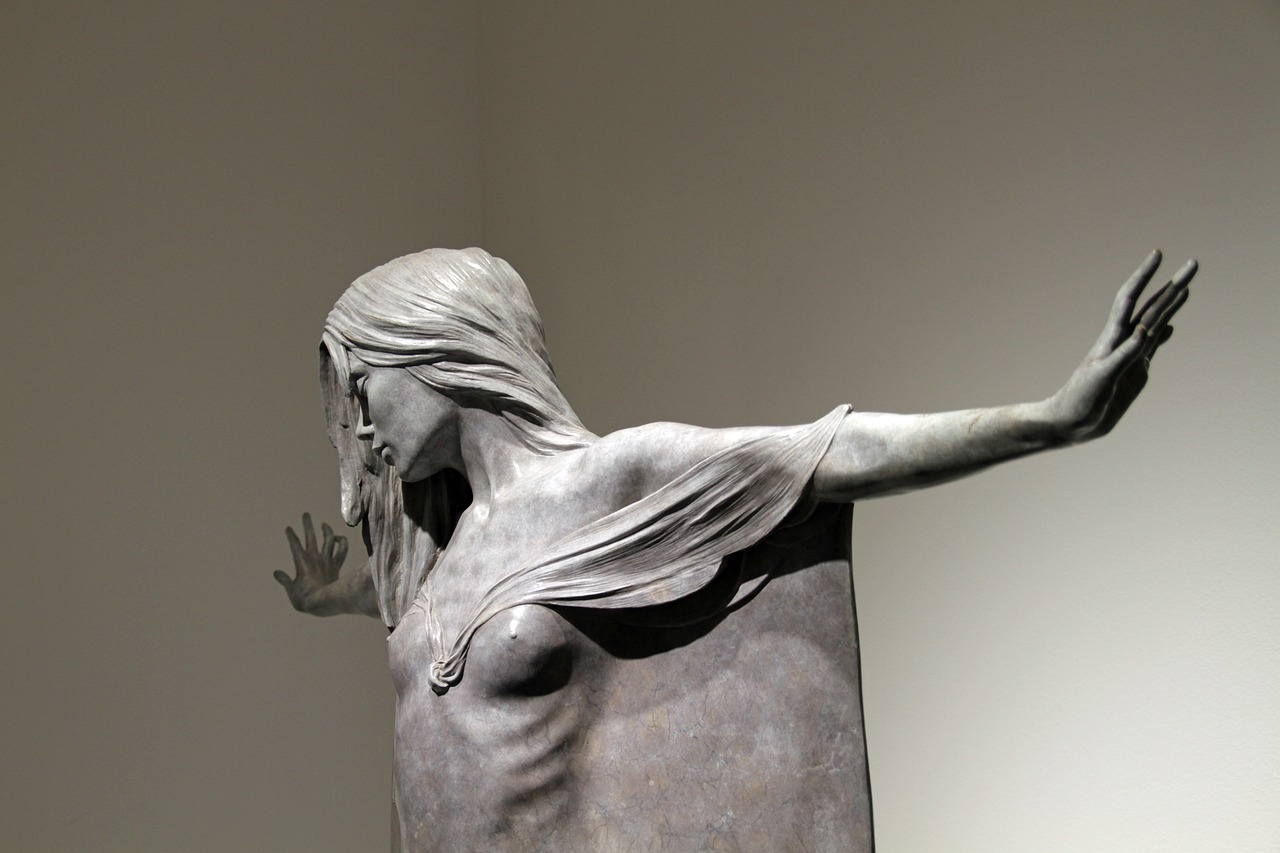
Share Your Work Online
In today's digital age, sharing your artwork online is not just a trend; it's a powerful tool for growth and connection. By showcasing your creations on various platforms, you can reach a wider audience, gain valuable feedback, and even attract potential buyers or collaborators. Think of it as opening a window to the world, allowing your art to breathe and flourish in a community that appreciates creativity just as much as you do.
But where do you start? First, choose the right platforms that align with your artistic style and goals. Popular options include Instagram, Facebook, Pinterest, and specialized art sites like DeviantArt or ArtStation. Each platform has its unique audience and features, so it’s essential to pick the ones that resonate with you. For instance, Instagram is fantastic for visual storytelling, while Pinterest serves as a visual search engine that can drive traffic to your portfolio.
Once you've selected your platforms, consider these tips to maximize your online presence:
- Post Regularly: Consistency is key. Aim to share your art regularly to keep your audience engaged. Whether it’s daily sketches or weekly completed works, establish a schedule that works for you.
- Engage with Your Audience: Don’t just post and ghost! Respond to comments, ask questions, and participate in discussions. Building a relationship with your followers can create a supportive community around your art.
- Use Hashtags Wisely: Hashtags are a great way to increase visibility. Research trending hashtags in the art community and use a mix of popular and niche tags to reach different audiences.
Moreover, sharing your work online doesn’t just benefit you; it can also inspire others. Your journey, struggles, and triumphs can resonate with fellow artists who might be facing similar challenges. By being open about your process, you create a sense of camaraderie and support that can be incredibly motivating.
Finally, don't shy away from showcasing your progress. Sharing behind-the-scenes shots or time-lapse videos of your creative process can captivate your audience and give them insight into how you work. This transparency adds a personal touch and can make your art feel more relatable.
Q: How do I choose the right platform for sharing my art?
A: Consider where your target audience hangs out. Instagram is great for visual content, while Facebook can help you connect with local art communities. Explore each platform to see where your style fits best.
Q: Should I watermark my artwork before sharing?
A: It's a good idea to watermark your art if you're concerned about copyright. However, make sure the watermark doesn’t distract from the artwork itself.
Q: How can I handle negative feedback?
A: Negative feedback can sting, but try to view it as an opportunity for growth. Respond professionally, learn from constructive criticism, and don't let negativity discourage you from sharing your passion.
In conclusion, sharing your work online can be a transformative experience that not only boosts your confidence but also enhances your skills as an artist. So, grab your digital brush, and start painting your presence on the web!
Frequently Asked Questions
- How can I establish a routine for drawing and painting?
Creating a routine is all about consistency! Start by setting aside specific days and times each week dedicated to your art. Think of it like scheduling a gym session; the more you treat it as a priority, the more likely you are to stick with it. Even if it's just 15 minutes a day, those small increments can lead to significant improvement over time!
- What should I include in my dedicated art space?
Your art space should be a reflection of your creativity! Include your art supplies, a comfortable chair, good lighting, and anything else that inspires you. Try to keep it organized so that you can easily access your materials. A clutter-free environment can help you focus better and make creating art feel more inviting.
- Why is it important to invest in quality art materials?
Investing in quality materials can make a world of difference! Think of it like cooking; using fresh ingredients will always yield better results than using stale ones. Quality supplies can enhance your artistic experience, making it easier and more enjoyable to create, which in turn encourages you to draw and paint more often.
- How can I find inspiration for my artwork?
Creating a visual inspiration board is a fantastic way to gather ideas! Collect images, colors, and textures that resonate with you. This board can serve as a constant reminder of your artistic goals and aspirations, sparking your creativity whenever you feel stuck.
- What are the benefits of joining an art community?
Joining an art community can be incredibly motivating! It’s like having a cheerleading squad for your creativity. You’ll find support, feedback, and inspiration from fellow artists. Engaging with others can lead to collaborative projects and new friendships, making your artistic journey much more enjoyable.
- How do art challenges help improve my skills?
Art challenges are like boot camps for your creativity! They push you to step out of your comfort zone and try new styles or techniques. Plus, having deadlines can help you commit to regular practice, making it easier to develop your skills over time.
- Should I share my artwork online? Why?
Absolutely! Sharing your work online can build accountability and foster a sense of community. When you post your progress, you invite feedback and encouragement from others, which can be a powerful motivator. Plus, seeing how others react to your art can help you grow and evolve as an artist!



















